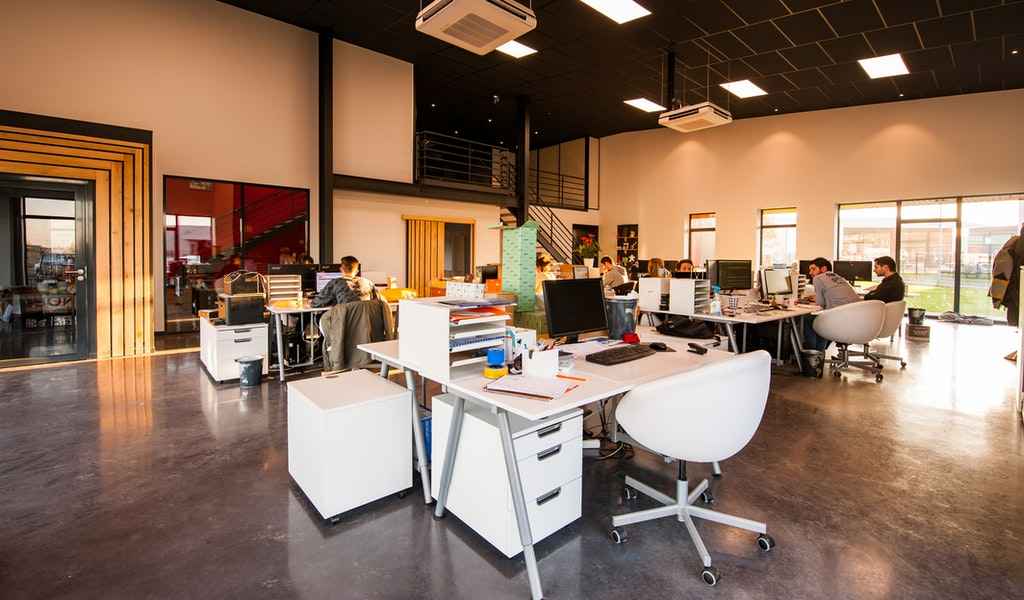Remember 2019? Things seemed a lot different and perhaps better back then. However, things changed as the covid pandemic went crazy over the world. COVID-19 changed almost everything: the way we shop, the way we have fun, and most importantly, the way we work. Fortunately, some businesses survived through those challenges, and it is time again to take things back to normal.
Nonetheless, normal is not that easy anymore, with the pandemic still raging on and causing havoc across different regions around the world. But is there a way to make this work in reality? Well, there is, and it’s called a hybrid work environment. With organizations still struggling to be fully operational, the hybrid work environment is the only ray of hope for companies that cannot operate with their employees working from home.
But What is a Hybrid Work Environment?
The model of a hybrid workplace is nothing but an arrangement made by the management where employees do not come to the office daily but complete the task assigned to them by working from home. This concept has gained a lot of friction after the covid outbreak, and this is also the best possible way for businesses to float through this pandemic period.
The hybrid work environment has always been an idea for the future, but the covid pandemic hastened that progression significantly. This technique is also very effective as companies can now devise unconventional shifts based on the employee’s comfort. The hybrid work environment is ideal for both employees and the business.
Perks Of The Hybrid Work Environment
A hybrid work environment allows an organization to leverage the perks of both remote work and working from the workplace. This way, employees can converse and connect on a face-to-face level and get to know each other every once in a while. Some of the perks of the hybrid work model include:
1. Enhanced Productivity
As long as employees can show the same level of productivity, there is no harm in allowing them to work from home. By now it is no news that employees working are known to show more productivity as compared to usual workplaces. However, some employees find it challenging to work from remote locations as it may make them feel lonely or out of sync with the employees.
2. Minimizing Operational Costs
As organizations have the opportunity to allow employees to work remotely, they can now reduce their operational costs associated with keeping the workplace functional. This enables businesses to spend less on renting or buying physical office locations. Employees can work from the office on a time to time basis, but this enables organizations to save on considerable fixed costs such as the electricity bill or paying for the cleaning staff.
3. Leveraging the Time Spent on Commute
Working from remote locations has enabled employees to spend less time commuting to the office and more time doing the job. As employees are not required to commute on a daily basis, this has enabled them to enhance their productivity by 13%.
4. Better For Employees In Terms Of Finance
Everybody loves an organization that considers the financial constraint of an employee. As employees can work remotely, they can save a lot on cost in terms of travel expenses and stuff like that. Some organizations provide employees with the necessary allowance to set up an ideal work environment at home.
Final Thoughts:
The hybrid working environment is more of a cultural shift for this generation of workers who do most of their work online. The only good thing about covid 19 is that it allows us to discover and get comfortable with an entirely new working style. In addition, meeting with fellow employees every once in a while means no connection is lost with facilitating team activities.

















